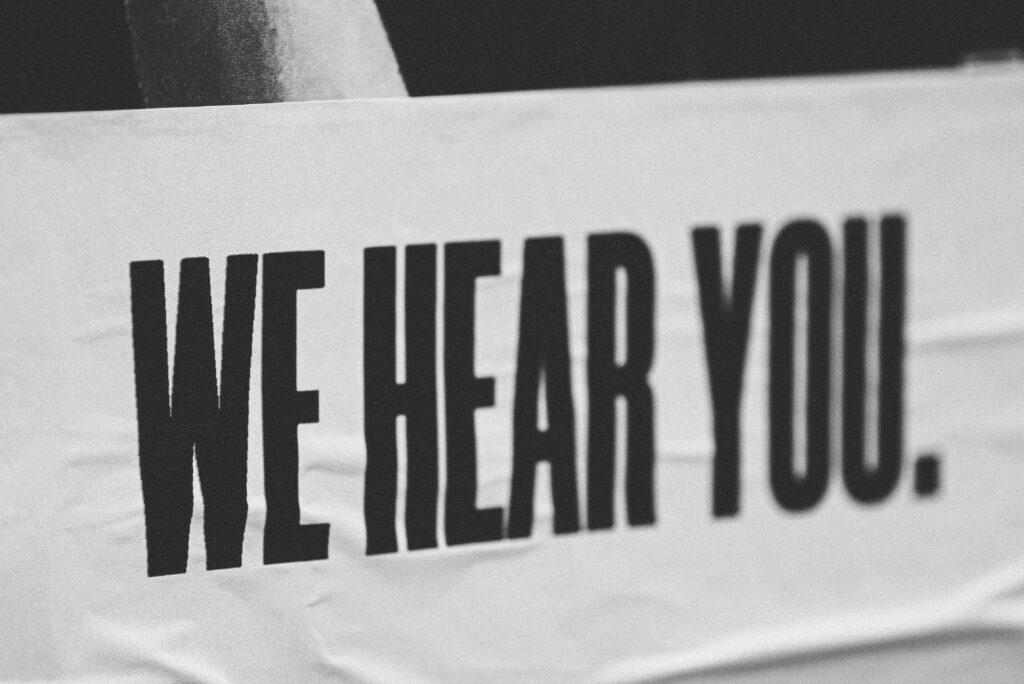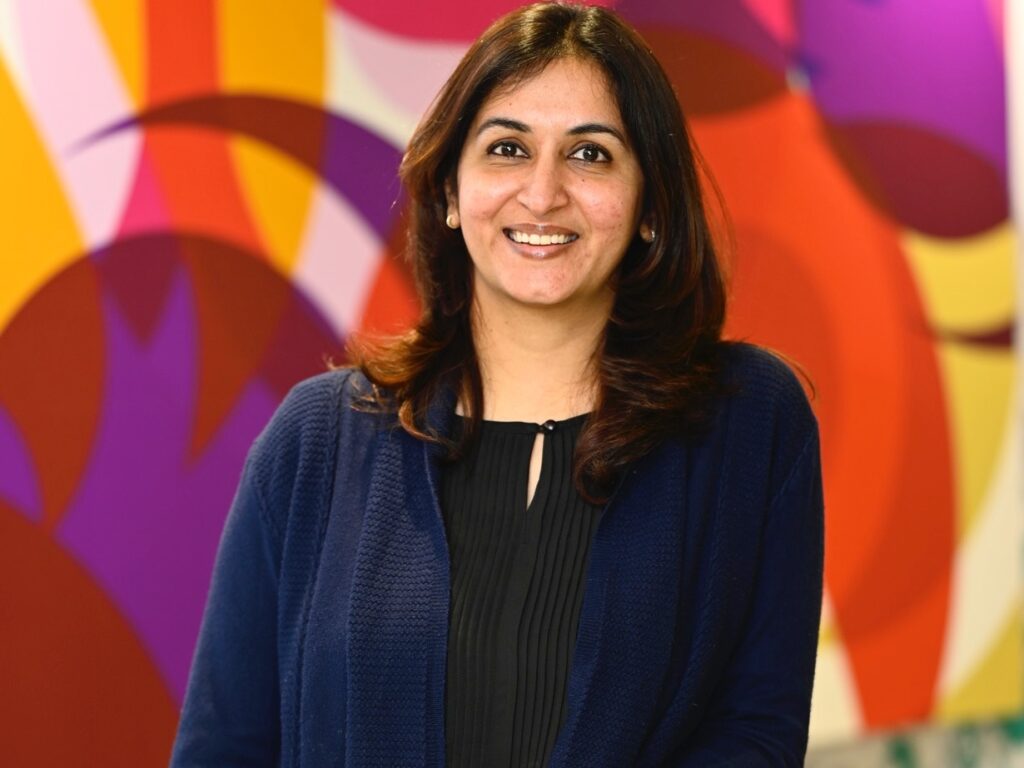Research represents a key component of most marketing campaigns and it is worth an estimated $4.9bn in the UK alone, but relatively little is spoken about best practices.
Given business confidence is a key driver of demand for surveys and polling, it is perhaps not surprising that the specifics have been ignored with the pandemic and high inflation rightfully stealing the attention.
As we enter the recovery stage of both, with the Bank of England predicting that inflation will continue dropping this year falling to around 5%, businesses will begin to shift their attention to what consumers are thinking.
Priya Gill, Vice President of Product Marketing at Momentive (formerly SurveyMonkey) lays out the set rules when it comes to getting the most effective results from a survey.
“There are certain practices that should be followed in order to create effective and engaging surveys that will provide actionable feedback for marketers.
“The first is to define a clear, attainable goal for the survey. Working backwards and thinking of the business goal that you would like the feedback to inform is the best place to start when creating a survey.
“Whether you want to measure brand awareness, understand customer satisfaction, or test the effectiveness of an ad, your goal will influence what questions you ask and who you are asking.”
As highlighted during the peak of Covid-19, technology and remote working are key factors when it comes to reaching the right respondents for a marketing survey.
“There are more customer touchpoints than ever before with most businesses investing in digital channels due to the pandemic, when customers were often forced to interact with businesses online instead of in-person,” confirms Priya.
“It’s important to meet your customers where they are to successfully find your target audience and increase a survey’s response rate. You can have the most well-designed survey in the world, but if you aren’t reaching the right audience, you won’t get the responses you need to make better marketing decisions.”
And speaking of ‘well-designed surveys’, it would seem there are a number of constructive considerations for successful marketing research.
“In general, surveys that have less than 30 questions and take fewer than seven minutes to complete see the highest completion rates and most time spent on each question.
“In terms of the types of questions and responses, multiple choice questions are more engaging than open-ended questions. These questions are easier for respondents to answer and provide quantitative data that can be used in analysis. Open-ended questions can take much longer to answer and can be harder to collect the data from, so I would recommend only having one or two in a survey,” concludes Priya.
Technology is your friend
“Technology has evolved to make survey creation, distribution and analysis more powerful than ever,” says Priya.
“Artificial intelligence and machine learning can take the busywork out of survey analysis. Oftentimes, marketers are getting hundreds or thousands of responses to surveys. Each of those surveys can contain dozens of responses, which quickly adds up to an impossible number to manually analyse.
“AI-powered survey platforms can analyse each data point to surface the most important insights and send them to the teams that can take action. With natural language processing, leading survey solutions can even parse sentiment from open-ended questions.”
The same can be said about panel surveys which measure the behaviour of potential consumers over time. They are usually conducted by B2C companies requiring tangible information about their own products or services before a marketing campaign.
“Today, one of the most important elements for market research is accessing larger samples without compromising the quality of data, and panel surveys are still a surefire system in any digital marketer’s toolkit,” declares Daniel Tjondronegoro, co-founder and CEO of Beatgrid, an audience measurement solution.
“One of the most effective methods of collecting panel data is through passive mobile ACR (Automatic Content Recognition) technology. This technology allows marketers and advertisers to collect accurate and reliable data at the person-level from a single-source – a mobile phone – offering scalability, cost-effectiveness, compliance with modern-age privacy policies and the ability to scale that traditional household-level surveys and panels cannot.”
There ain’t no such thing as a free lunch
Despite the all-consuming nature of technology, sometimes the old-fashioned methods are more effective in getting optimum results from a marketing survey.
The majority of respondents are more likely to act if they receive an incentive. A more positive tit for tat, as it were.
“When it comes to increasing response rates, cash and gift cards are king and are the most effective in boosting response rates,” affirms Priya.
“When thinking of a monetary based reward, the budget for the survey, how this will be provided and the audience must be considered. If you are targeting only medical doctors, the incentive may need to be high (e.g. £100) to make it worth their time. If you’re targeting students, a £5 Starbucks gift card may be just as effective.
“Non-monetary rewards like a free pen or charitable donation can also work to boost response rates, but marketers must take into account the different demographics of their audience and offer a reward that will appeal to the majority of people. Offering a reward that only appeals to one group of people will skew survey responses and won’t yield actionable data.”




